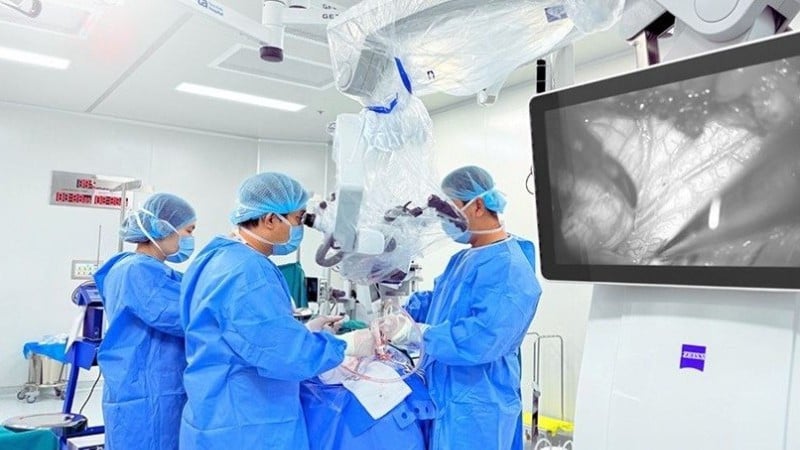
THM (21 years old) has a history of right hand weakness for many years. Because he felt it did not affect his daily activities and thought it was just congenital, he did not go to the doctor. In the past three years, M. began to notice a gradual decrease in muscle strength accompanied by muscle atrophy with symptoms of an unstable grip, fatigue when writing, then inability to lift heavy objects, especially the three fingers of his right hand were curled up, difficult to straighten.
Only when his hands were shaking and he could not ride a motorbike did the patient go to the doctor.
At Tam Anh General Hospital in Ho Chi Minh City, Master, Specialist II Doctor Dang Bao Ngoc, Department of Neurosurgery - Spine, Center for Neuroscience said that the 3 Tesla MRI results showed that M. had abnormalities in the posterior cranial fossa and spinal cord, diagnosed with Arnold Chiari syndrome type I.
This is a rare congenital neurological defect that forms during the fetal stage, characterized by a part of the cerebellum descending through the foramen magnum - the connection between the base of the skull and the spinal cord, causing compression and obstruction of the flow of cerebrospinal fluid, resulting in the formation of a hollow spinal canal, also known as syringomyelia.
When the cerebellum and spinal cord are compressed for a long time, the patient may experience numbness and weakness in the limbs, loss of balance, and even permanent paralysis. In this case, clinical symptoms of spinal canal syringomyelia have appeared, meaning the disease has progressed severely. Even if the patient tries to walk on his own, if it is delayed any longer, the risk of irreversible spinal cord damage is very high.
After consultation, the doctors decided to perform posterior cranial fossa decompression surgery for M., aiming to create more space for the cerebellum and medulla oblongata, restore cerebrospinal fluid circulation, thereby improving symptoms and preventing progression of syringomyelia.
At the beginning of the surgery, the patient was anesthetized and placed in a prone position. The surgeon made an incision of about 8 cm in the nape of the neck, removing part of the occipital bone and the posterior arch of the C1 cervical vertebra to create more space for the descending cerebellum and freeing the medulla oblongata.
Under the K.Zeiss Kinevo 900 AI microscope, the image is magnified many times, allowing the doctor to clearly observe each blood vessel, nerve, and meningeal membrane, thereby performing operations more accurately and safely.
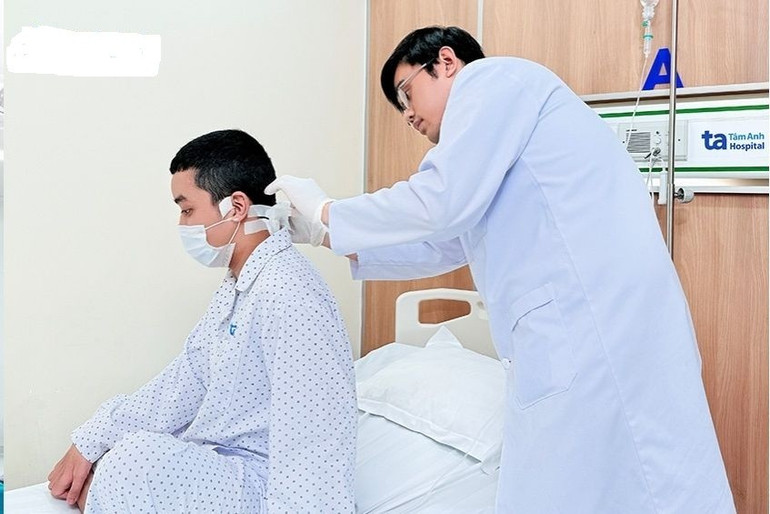
After opening the dura mater - the membrane surrounding the brain and spinal cord, the team will cut and filter the thick, fibrotic arachnoid membrane, re-establish cerebrospinal fluid circulation, and patch and expand the dura mater with autologous fascia, creating more space for cerebrospinal fluid circulation, reducing the risk of re-compression.
Finally, the incision is sutured in several layers to prevent the risk of cerebrospinal fluid leakage and to ensure the wound is securely closed. The entire surgery takes about 3 hours.
After just one day, Minh was alert, no longer had a headache and felt a heaviness in his neck, and his limbs moved significantly better. On the second day after surgery, Minh could stand up and walk normally and was discharged from the hospital 5 days after surgery. According to Dr. Ngoc, symptoms of dizziness, nausea, or headache will gradually decrease and usually go away after 2-3 weeks. As for the condition of spinal syringomyelia, it takes about 6 months to a year for the fluid cavities to gradually shrink and the nerves to recover. Patients need to be monitored periodically with MRI to evaluate the results and prevent recurrence.
Arnold Chiari malformation type I (CMI) occurs in approximately 0.5-3.5% of the general population, with a male-to-female ratio of 1:1.3. Most early-stage cases have no obvious symptoms and are often detected incidentally through magnetic resonance imaging (MRI).
This syndrome can occur at any age, but is often detected in young people, especially in adulthood, when the symptoms become more pronounced. The most common symptoms are occipital headaches, especially increased when coughing, sneezing, bending over, accompanied by dizziness, unsteady gait, loss of balance, numbness and weakness of the limbs, even difficulty swallowing or speech disorders.
Therefore, when people have prolonged abnormal signs, especially persistent occipital headaches, numbness and weakness in the limbs or difficulty controlling movements, they need to go to a hospital with a neurology department for examination and perform the necessary tests and imaging for accurate diagnosis and optimal treatment regimen.
Source: https://nhandan.vn/yeu-run-tay-nhieu-nam-co-the-ban-mac-phai-can-benh-hiem-gap-nay-post916432.html





















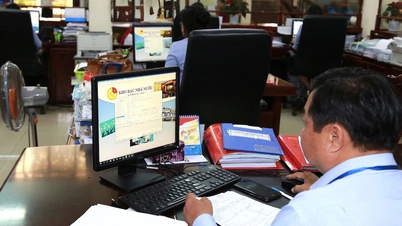


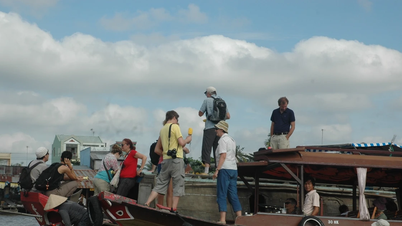

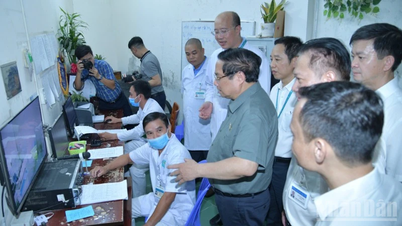

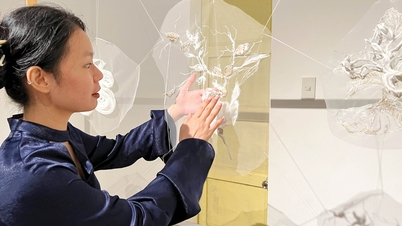



































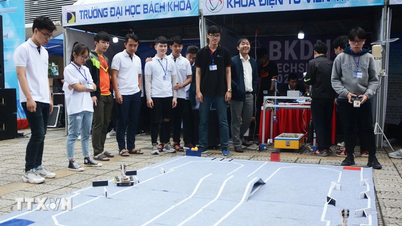
































Comment (0)